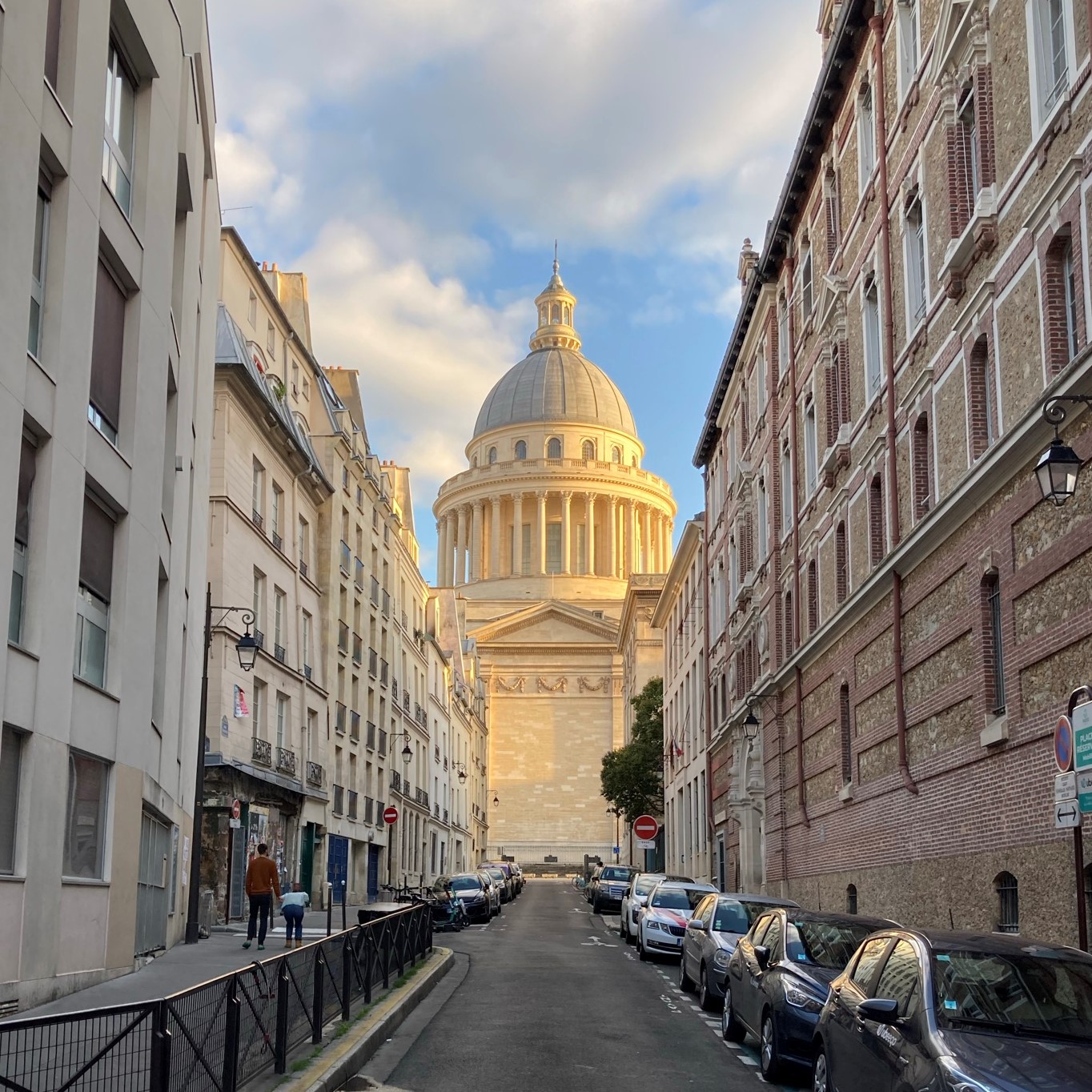The fluctuating Pantheon

📍 🇫🇷 The Pantheon - a fluctuating building
No building reflects France’s disjointed last two centuries and a half more than this one. Innumerable changes embracing political vagaries affected it : 1790 (church ordered by King Louis XV completed), 1791 (French Revolution: the church became a Pantheon to honor all patriots), 1806 (back to a church with Napoleon), 1823 (church re-inaugurated with the new King), 1830 (Pantheon again with a more liberal King), 1851 (church again!), 1871 (communist red flag in place of the cross..), 1873 (back to the cross), 1885 (Panthéon again with the new Republic!).
The public reception was equally ambiguous. “The most beautiful sponge cake ever made with stones”, wrote (ironically) French writer Victor Hugo (who will be buried there in 1885). “Austere, admitted French historian Michelet, but sublime. Growing up, I found it sublime but very sad at the same time. In my eyes, it embodied the genius of science, the dreaming and calculating genius of modern thought, hovering in its solitude…”
The initial architect, Jean-Baptiste Soufflot (1713-1780), was aiming for a mixture of Greek/Mediterranean forms with Gothic lightness, openness. Thin columns, large windows, temple shape. Prudently, after the death of Soufflot, his followers put in place much more massive pillars to support the weight of stones.
Nowadays, the impression of an oddity remains - of something out of place - but the youthfulness of the college atmosphere, as well as the undisputed merit of the personalities who lay there, bring about a form of reconciliation.
____ Sources ____
>> Victor Hugo, “Notre Dame de Paris”, 1831
>> Michelet, “Journal”, 1841
>> Hillairet, "Évocation du Vieux Paris”, 1952
